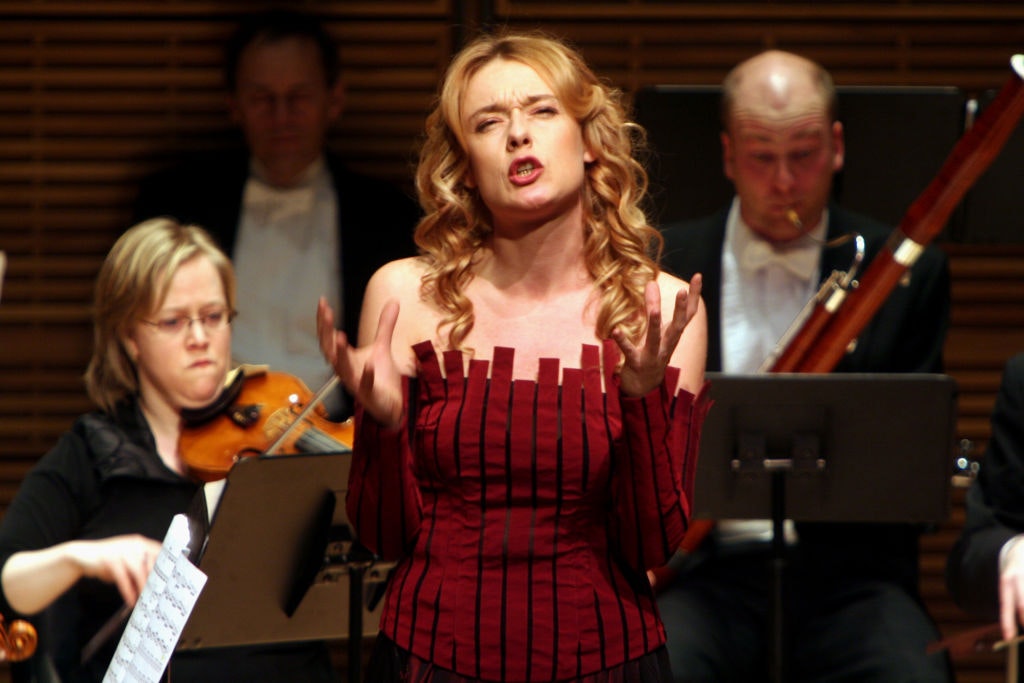So many art fairs, so little time
On the forums that bring together dealer and buyer
This article is taken from the May 2024 issue of The Critic. To get the full magazine why not subscribe? Right now we’re offering five issues for just £10.
I am standing in the centre of a labyrinthine, faceless building in the ancient province of Limburg, that Netherlandish toe dipping into Belgian and German territory.
A distinguished-looking gentleman approaches me and asks in broken English with a thick mittel-Europa accent, “I don’t know where I am going? Do you know?”
For a split second I feel like Peter Falk in Wim Wenders’s Wings of Desire, but realise this man probably isn’t an angel, even if his question intrigues me. I respond, “I rarely know where I am going either!”
I am at a huge exhibition centre on the outskirts of Maastricht, the site of the largest and most important art fair in the world. Since 1988 it has been organised by a non-profit charity, The European Fine Art Foundation (or TEFAF). This year’s event was the thirty-seventh and drew 270 dealers from 22 countries.
The fair’s promotional material claimed to offer “7,000 years of art history from ancient to contemporary” which, perhaps not coincidentally, is how some large American museums present themselves to their visitors.
Within the global art fair scene TEFAF is the grande dame, partly because of its established position, partly owing to the large proportion of old masters, sculpture and furniture dealers, and partly thanks to its very middle-class and conservative clientele. Each year, dealers present their best stock, aiming to sell to the world’s leading collectors and museums.
Fairs like this have been an essential part of European trade since at least the Middle Ages. The great seasonal fairs, such as those in Leipzig and Frankfurt in the spring and autumn, were part of the mercantile cycle of life, bringing buyers and sellers together to conduct business and develop networks, all in the cause of commerce.
From the end of the 18th century, fairs or festivals were staged in France to promote its industry, often works of scientific ingenuity. Later, thanks to the vision of Prince Albert, this nationalist concept evolved into the Great Exhibition of 1851, essentially a showcase for the industry and craftsmanship of all nations.
This spawned the great national exhibitions of the 19th and 20th centuries, mostly focusing on industrial innovation. Whilst the content of the international fair is very different from the art fair today, the concept remains the same: bringing the world to the citizen in a single place and time.
One could spend almost the entire year travelling the world attending art fairs
There are hundreds of fairs on the international art calendar: in London we are fortunate to have the contemporary art fair, Frieze, and its more traditional sibling, Frieze Masters, which take place in two large tent-like temporary pavilions in Regent’s Park in October each year. The Treasure House Fair in late June, a successor to the annual Grosvenor House Art & Antiques Fair, is part of what used to be called “the season”. In addition to Frieze, the market for contemporary art is well served by Art Basel, and between them, the companies mount fairs in Basel, Hong Kong, Paris, Seoul, Miami, New York, Los Angeles and Chicago. Below this cadre, there are about 400 such fairs across every major global city. One could spend almost the entire year travelling the world attending an art fair of one form or another.
Why so many, who goes and what for? The imperative underpinning the old fairs remains valid. Art dealer Jonny Yarker says: “In the narrow historic market, good art fairs offer an opportunity for clients to see a critical mass of material and spend time with dealers who increasingly operate on second floors and on a ‘by appointment’ basis.”
The dealer in French 18th century decorative arts, Christophe de Quénetain, says: “Today the art fair is the marketplace to meet the customer … the most important institutions send curators, directors and trustees to develop contacts and plan acquisitions.” With the replacement of independent art galleries by shops for the global luxury brands, the art fair is sometimes the only place for private dealers to transact.
Visitors to TEFAF appeared to be conservative middle-class industrialists, lawyers and dentists from across Europe, most in search of that concentrated art retail experience which used to be possible at any time of the year on Bond Street or Madison Avenue, but is now spectacularly available at select times and locations throughout the year.
With so many fairs and so little time, it’s no wonder some people don’t know which direction they are going.
Enjoying The Critic online? It's even better in print
Try five issues of Britain’s newest magazine for £10
Subscribe














